1. Miami, Florida
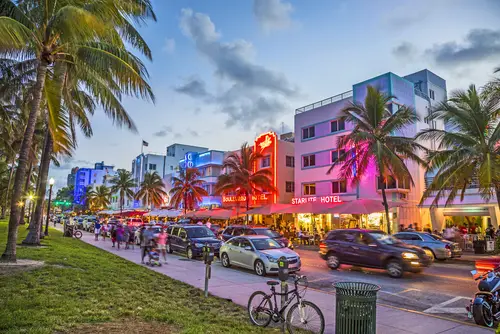
Miami’s always been volatile, but recent price spikes have reached historic levels. International buyers and crypto-rich investors flooded the market, distorting fundamentals. Now, foreign demand is cooling and the digital wealth bubble has largely burst. Insurance premiums have soared thanks to climate risks, particularly hurricanes and flooding.
Local buyers are being priced out entirely, creating an unhealthy imbalance. Condo associations are also facing stricter regulations post-Surfside, adding unexpected costs. If investor sentiment weakens, inventory could pile up fast in 2026. A correction here would be less of a shock and more of a long-overdue reality check.
2. Las Vegas, Nevada
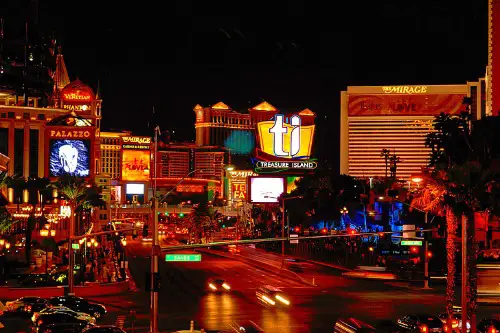
Vegas home values surged post-2020, but cracks are showing as tourism and entertainment remain uneven. Investors snapped up properties expecting a quick flip or Airbnb cash flow, but many are now pulling back. A significant portion of buyers here are from out-of-state, and rising insurance and HOA fees are pushing them to reconsider. Add in a desert climate crisis and you’ve got fragile fundamentals.
Las Vegas also has a history of boom-and-bust real estate cycles, and this one’s starting to look familiar. Locals are struggling with affordability as wages lag behind. The rental market is softening too, making holding onto investment properties less attractive. It’s not a crash—yet—but don’t be surprised if 2026 brings a chill.
3. Phoenix, Arizona
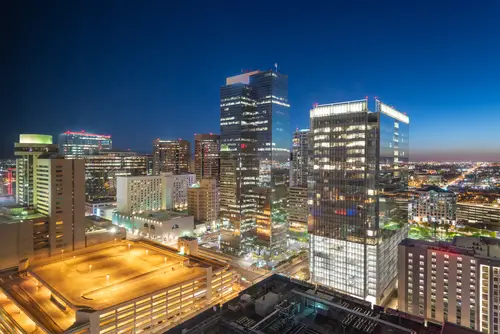
Phoenix became a pandemic-era hotspot thanks to its relatively affordable housing and booming construction sector. But prices have risen nearly 60% since 2019, outpacing wage growth and straining local buyers. Water scarcity looms large, and could deter long-term investment as policy changes kick in. Mortgage rates have cooled demand sharply, especially in suburban zones.
Construction hasn’t stopped either, which could lead to oversupply in the next year or two. That dynamic is likely to hurt flippers and investors counting on fast appreciation. The desert sun may keep shining, but Phoenix’s housing market could easily lose some of its heat. A soft landing is possible—but a pop isn’t out of the question.
4. Boise, Idaho
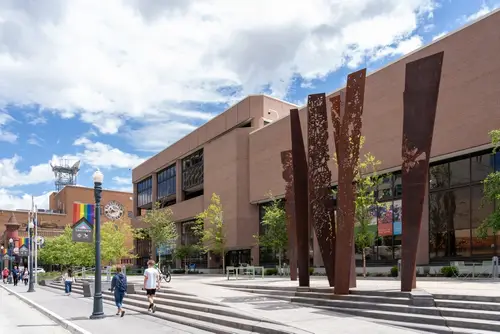
Boise saw a meteoric rise in home prices during the pandemic, fueled by remote workers fleeing high-cost cities. But prices have started to cool, and some early buyers are already underwater on their mortgages. Inventory is ticking upward while demand softens, especially as interest rates remain elevated. If the tech job market continues to wobble, Boise’s appeal may take a serious hit.
The city’s economy isn’t diversified enough to absorb a sudden dip in demand. Local wages haven’t kept up with housing costs, creating a widening affordability gap. Investors who flocked in during the boom could begin to offload properties, further driving prices down. Boise might not crash overnight, but a slow deflation is well underway.
5. Austin, Texas
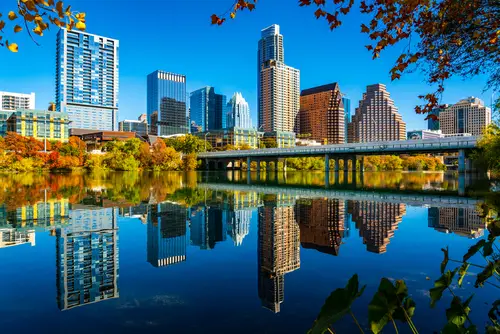
Austin’s been a darling of the real estate boom, but the city’s rapid price acceleration is becoming a liability. Tech layoffs and a noticeable cooldown in the startup sector are dampening confidence. Homebuilders also went big here, leading to a glut of high-end inventory that’s now sitting longer on the market. Combine that with high property taxes, and it’s a recipe for correction.
Affordability is now a serious issue—even for locals with solid jobs. As investor interest cools and migration patterns shift, prices could take a breather or worse. The Austin hype train may have peaked in 2022, and 2026 could be the year the hangover kicks in. Unless new demand emerges, this market may quietly flatten or decline.
6. Salt Lake City, Utah

Salt Lake City saw a massive population influx and housing boom during the pandemic. But prices got ahead of themselves, rising nearly 70% from 2019 to 2022. Now, with interest rates higher and remote work fading, that pace is clearly unsustainable. There’s a noticeable drop in bidding wars and days on market are lengthening.
The tech sector in Utah is solid but not immune to national trends. New developments are hitting the market just as demand cools. This could lead to oversupply and more price cuts, especially in newer suburban builds. A slow, grinding correction could define the Salt Lake market over the next 12–24 months.
7. Nashville, Tennessee
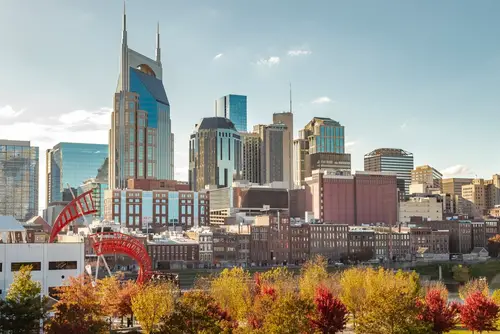
Nashville enjoyed a real estate boom driven by music, culture, and a surge in remote workers. Prices soared, but so did speculation from national investors and short-term rental buyers. Now, the city is grappling with affordability issues and a tightening regulatory environment around Airbnbs. Growth is still strong, but the real estate fundamentals are weakening.
Rising construction and property taxes are further squeezing buyers and landlords. The urban core has seen significant development, but demand for luxury condos is starting to wane. If tourism slows or investor sentiment shifts, Nashville’s market could contract. It’s a city with staying power, but 2026 might bring a market reset.
8. Tampa, Florida
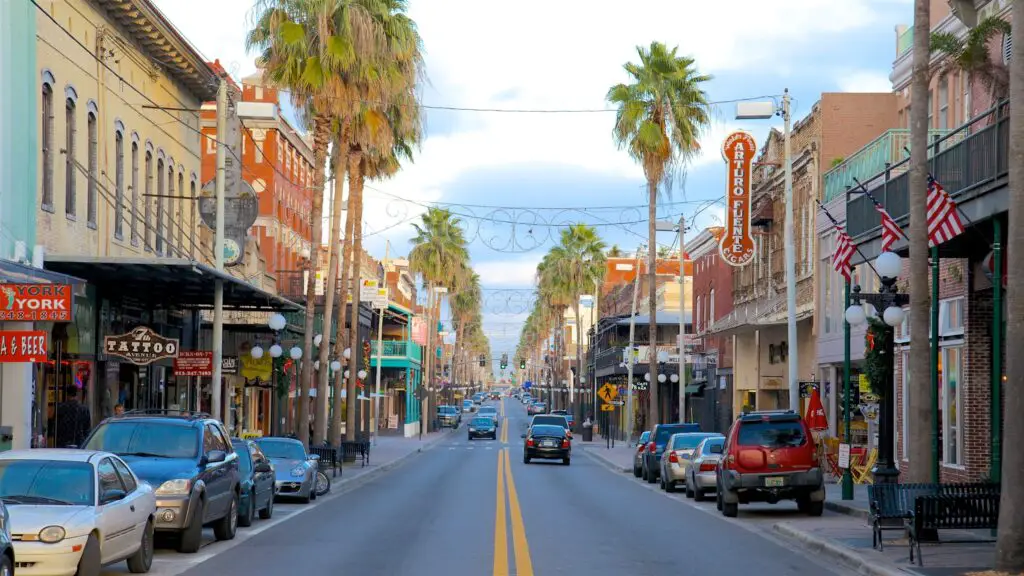
Tampa’s popularity exploded during COVID, with massive inbound migration from the Northeast and Midwest. That led to a price surge of over 60% in three years—well beyond what local incomes can support. Now the market’s cooling, and there’s growing concern about insurance costs and climate risk. Flood zones are expanding and premiums are rising fast.
Rental vacancies are creeping up, making it tougher for investors to cash flow. Meanwhile, new construction is still coming online, which could push supply ahead of demand. Tampa remains desirable, but the numbers are getting harder to justify. A mild but steady correction seems likely by 2026.
9. Sacramento, California
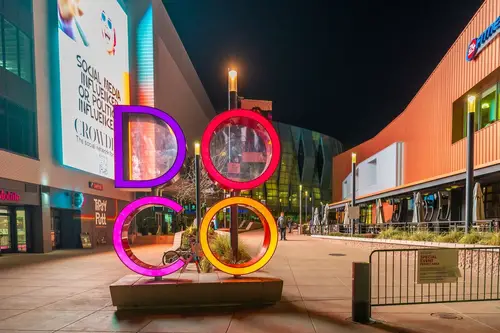
Sacramento was once a budget-friendly escape from the Bay Area, but it’s no longer a secret. Home prices skyrocketed as remote workers moved in, pushing out many locals. But tech layoffs and return-to-office mandates are reversing that trend. Demand is waning just as price growth reaches unsustainable levels.
Inventory is rising, especially in outer suburbs where overbuilding occurred. Investors who counted on double-digit appreciation may find themselves stuck. Without a major job growth engine of its own, Sacramento relies too heavily on Bay Area overflow. That dynamic could weaken sharply by 2026, dragging prices down with it.
10. Raleigh-Durham, North Carolina
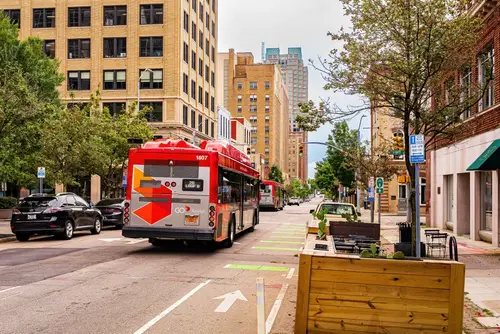
The Triangle region saw strong growth during the pandemic, boosted by tech and biotech expansions. But prices rose too fast, and affordability is now a growing concern. Inventory is creeping up, and new listings are spending longer on the market. While job growth is still strong, buyer fatigue is setting in.
Developers have been aggressive, and more supply is set to hit the market in 2025 and 2026. If demand doesn’t keep pace, prices will face downward pressure. Investors may also begin to pull back, especially if returns flatten. The fundamentals aren’t dire—but the risk of a soft bubble is real.
11. Denver, Colorado
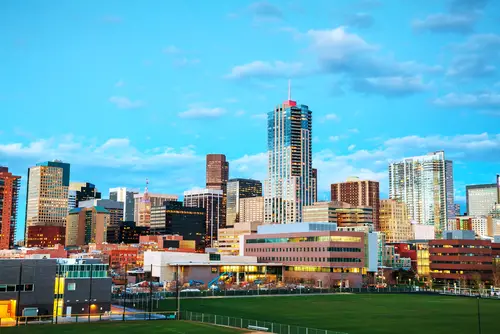
Denver saw its housing market take off in the 2010s, then hit warp speed during the pandemic. But it’s now showing signs of overvaluation, especially in outlying suburbs. Price cuts are more frequent, and days on market have doubled since 2022. Higher rates and a tech-sector slowdown are adding to the chill.
Local incomes haven’t kept up, and affordability is slipping fast. Investors looking for rental income are struggling with rising costs and tenant turnover. As more units hit the market in 2025–2026, pressure on prices could intensify. Denver isn’t in free fall—but it could be headed for a drawn-out reset.
12. Charleston, South Carolina

Charleston has become a darling for second-home buyers and retirees, but the market looks frothy. Home prices have risen over 40% since 2020, despite limited local wage growth. Flood insurance and infrastructure concerns are mounting, especially in older neighborhoods. Some locals are cashing out, but younger buyers are being priced out completely.
Investor activity has also distorted prices in tourist-heavy areas. Regulations on short-term rentals are tightening, adding to uncertainty. If demand falters, particularly from out-of-state buyers, Charleston could see a slow but steady price decline. 2026 could mark the tipping point as fundamentals return to earth.
13. Seattle, Washington

Seattle’s real estate market has cooled significantly, with price drops in many neighborhoods. The tech pullback hit the city hard, and return-to-office mandates are changing demand dynamics. Condo prices have stagnated, and suburban sprawl has become less attractive. Many pandemic-era buyers now face negative equity as values dip.
New supply is coming online downtown, just as demand remains uncertain. Rental concessions are becoming common, signaling investor discomfort. With affordability stretched and job growth slowing, 2026 could bring further weakness. Seattle may not crash, but the air’s definitely hissing out of the bubble.
14. Minneapolis–St. Paul, Minnesota
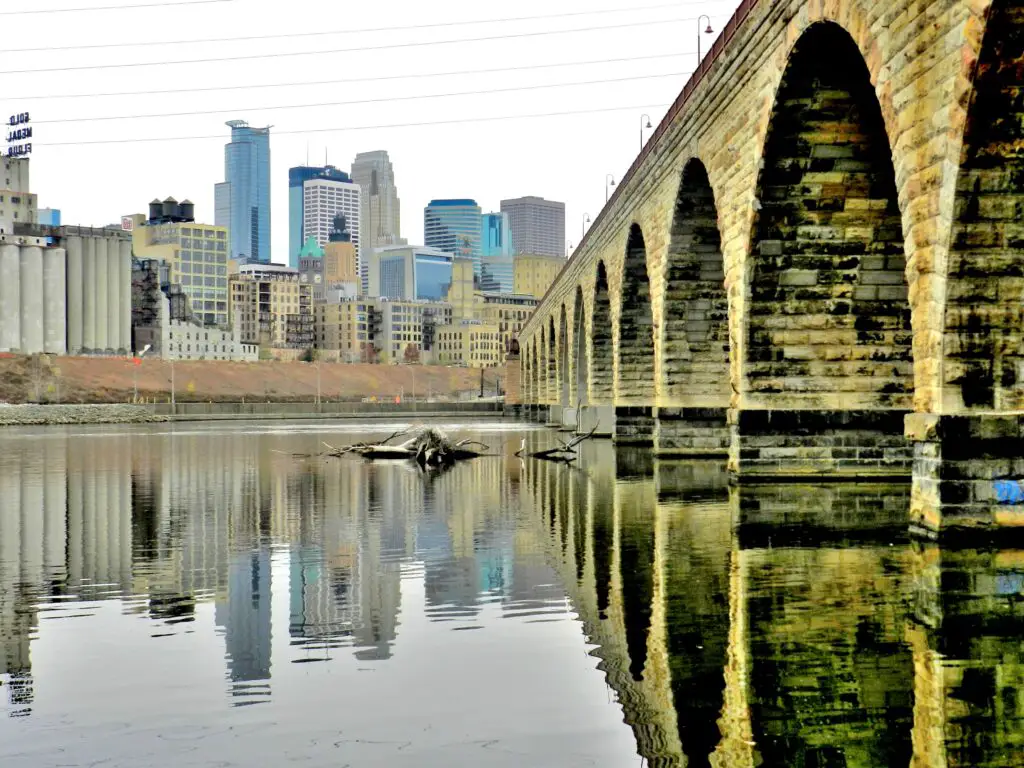
The Twin Cities often fly under the radar, but prices surged unexpectedly between 2020 and 2022. Remote work brought in new buyers, while investors took advantage of historically low prices. But crime perception, political tension, and slow wage growth are now cooling enthusiasm. Affordability metrics are worsening, and bidding wars have largely vanished.
There’s also a growing mismatch between new supply and what buyers can afford. Suburban oversupply is possible, especially with multifamily projects near completion. Investor pullback and demographic stagnation could weigh heavily by 2026. It’s not a market in crisis—but it’s more fragile than it looks.
This post 14 Real Estate Bubbles That Could Quietly Burst in 2026 was first published on Greenhouse Black.
